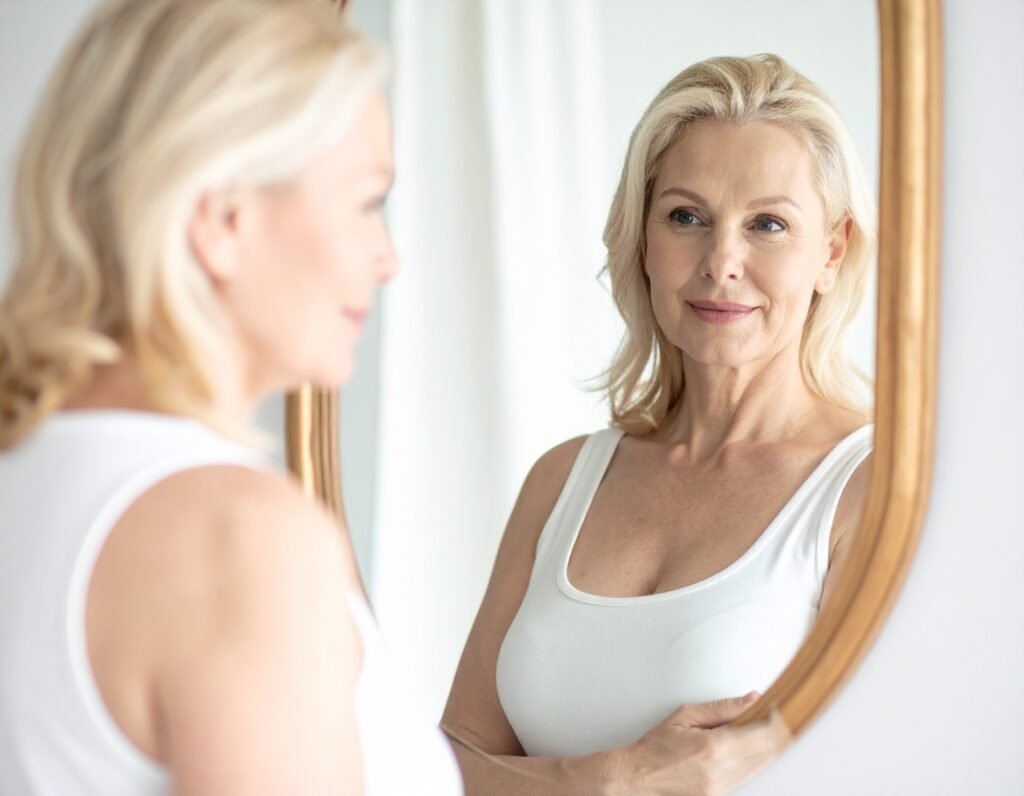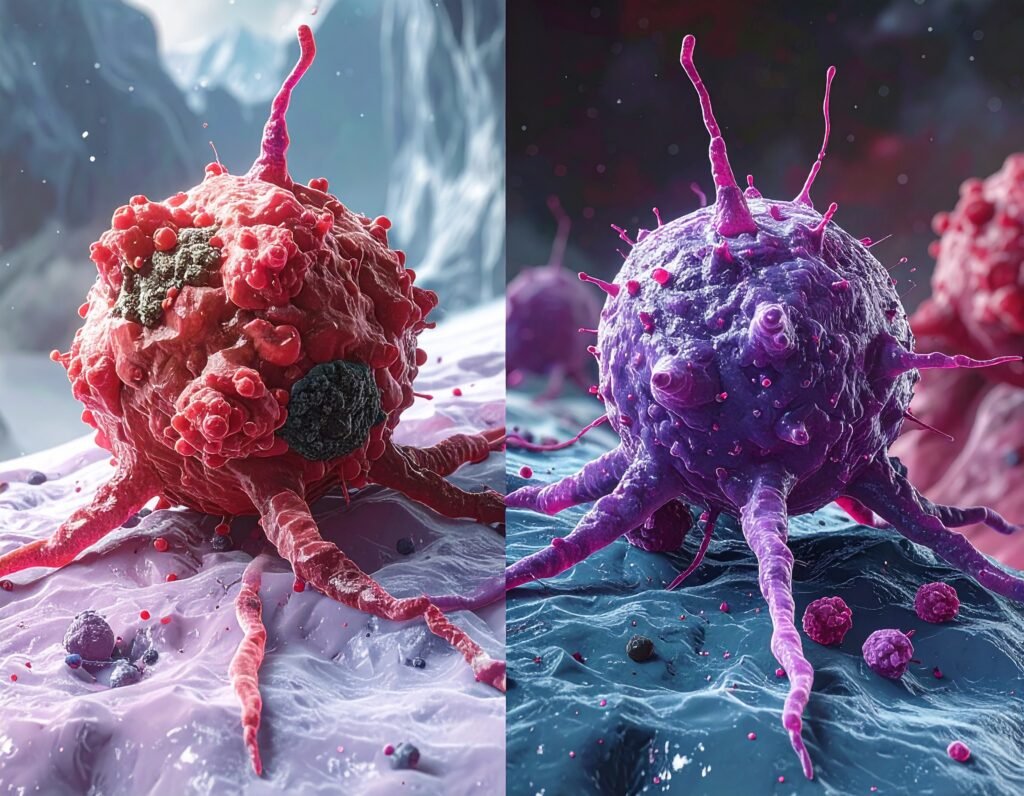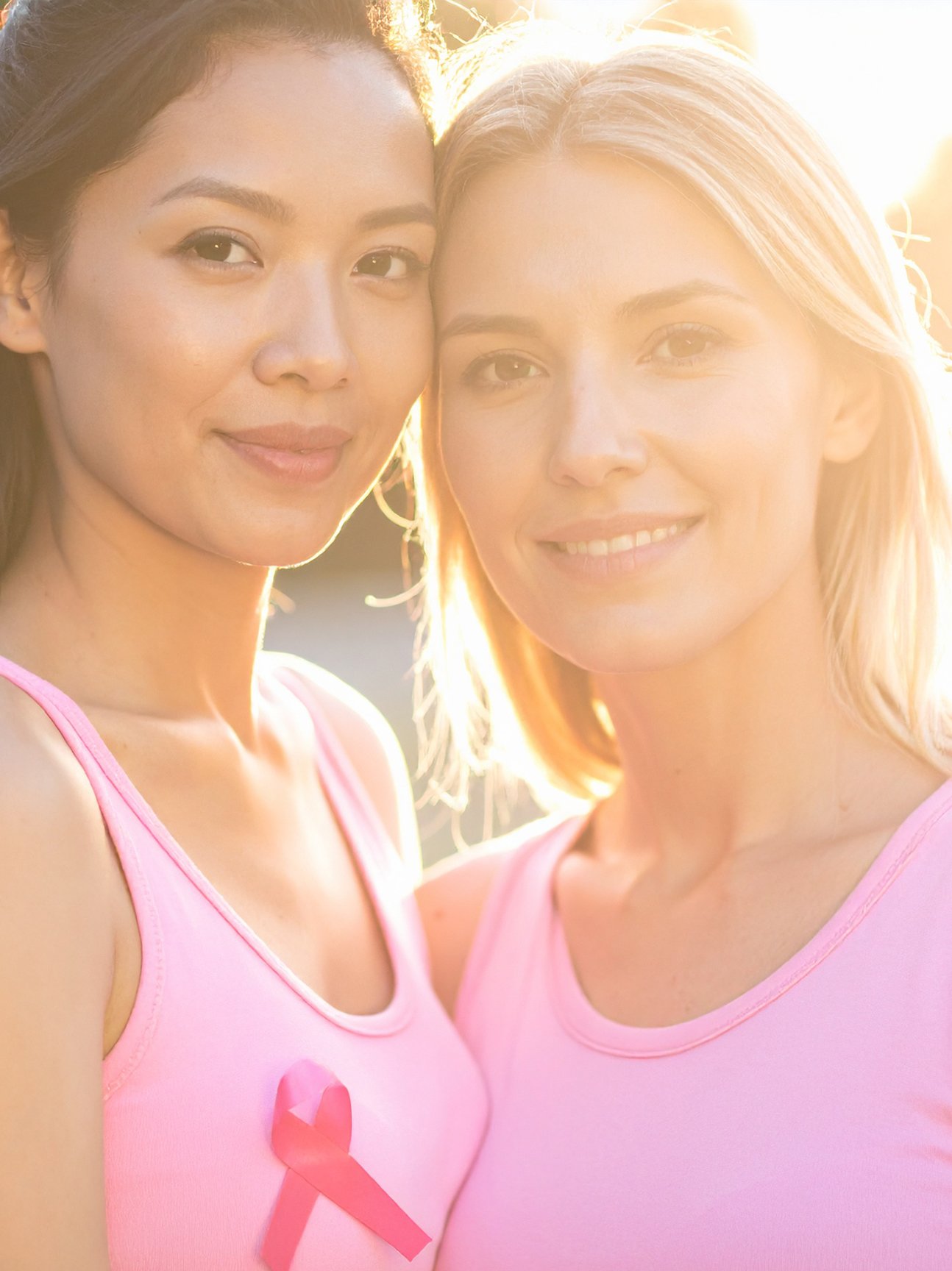
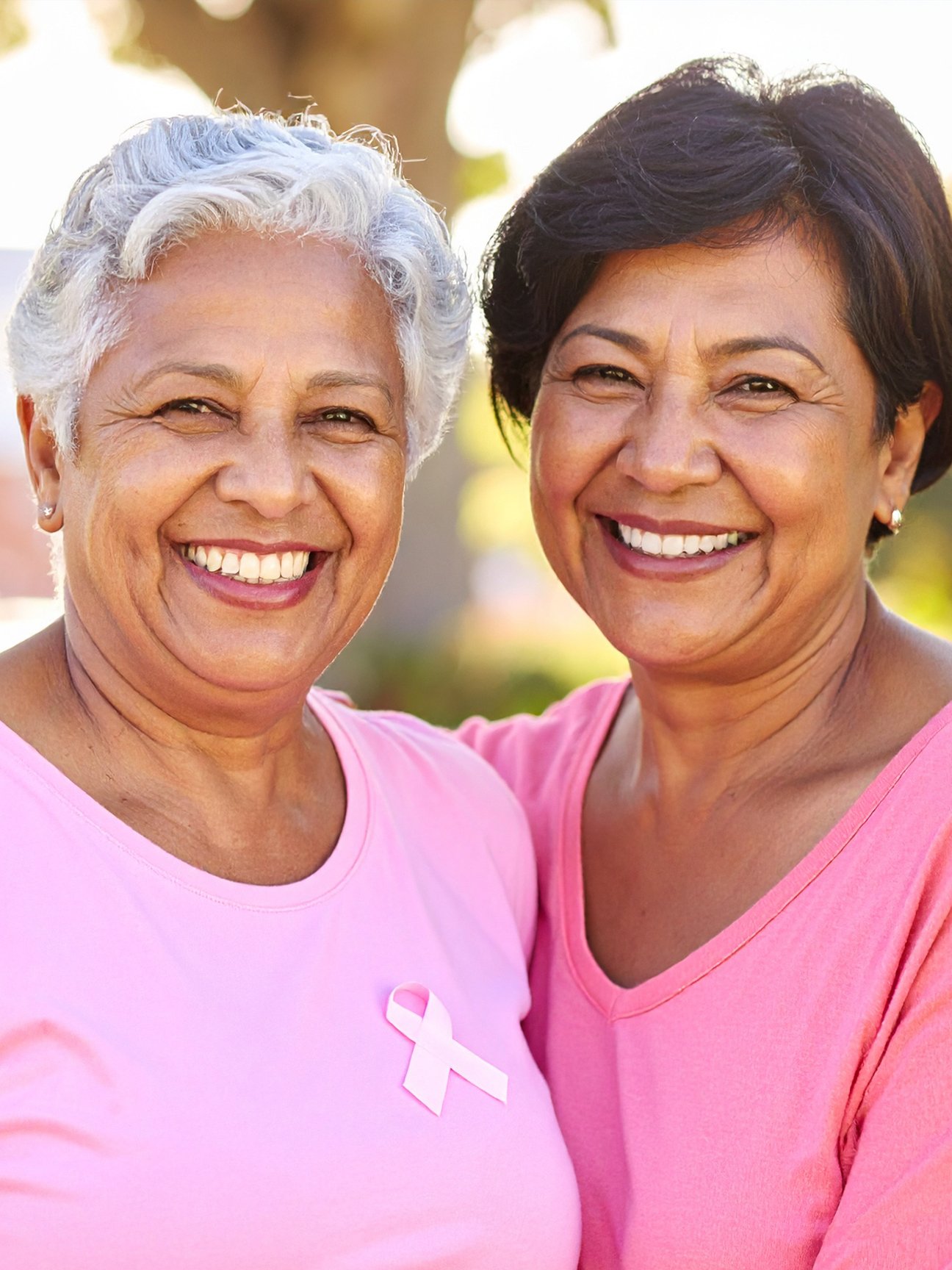
Breast Cancer Awareness Month: More Than Pink Ribbons
Recognizing courage, learning the story behind the pink ribbon, and motivating compassionate awareness and action that lasts far beyond October
🎀 Breast Cancer Awareness Month: More Than Pink Ribbons
October is about more than pink. It’s about people—their strength, stories, and the compassion that connects us all.
Every October, pink ribbons appear on everything from coffee cups to city skylines. Breast Cancer Awareness Month highlights early detection, honors survivors, and remembers those lost. But beyond the fundraising walks and pink displays, this month is really about human connection.
🩺 The History Behind the Movement
Breast Cancer Awareness Month (BCAM) began in 1985 as a partnership between the American Cancer Society and Imperial Chemical Industries, the maker of tamoxifen, one of the earliest breast cancer treatments.
At the time, mammograms were still new, and many women didn’t know their importance. The goal was to promote early detection—a message that remains just as vital today.
By the 1990s, awareness had grown far beyond hospitals and research centers. BCAM evolved into a worldwide movement, uniting survivors, families, and advocates everywhere.
💗 The Story of the Pink Ribbon
In 1991, the Susan G. Komen Foundation handed out pink ribbons at its Race for the Cure in New York City.
That same year, SELF magazine editor Alexandra Penney and Estée Lauder executive Evelyn Lauder launched a national breast cancer awareness campaign. They drew inspiration from activist Charlotte Haley, who had been distributing peach-colored ribbons to call attention to low cancer-prevention funding.
When Haley declined collaboration to keep her movement non-commercial, Penney and Lauder chose pink instead—a color symbolizing hope, health, and femininity.
The rest is history. The pink ribbon spread worldwide, appearing on beauty counters, billboards, and campaigns everywhere. Evelyn Lauder later co-founded the Breast Cancer Research Foundation (BCRF) in 1993, funding life-saving research that continues today.
💬 What to Say (and Not Say)
A question that comes up every October:
Should you say “Happy Breast Cancer Awareness Month”?
👉 Probably not.
While it’s meant kindly, it can feel insensitive. For those who’ve been through breast cancer—or lost someone—it’s not a “happy” occasion.
Try something more heartfelt:
“I’m thinking of you this month.”
“I’m learning more about breast cancer and how to help.”
“I admire your strength.”
“Is there anything I can do to support you?”
Awareness Month isn’t a celebration—it’s a time for reflection, empathy, and understanding.
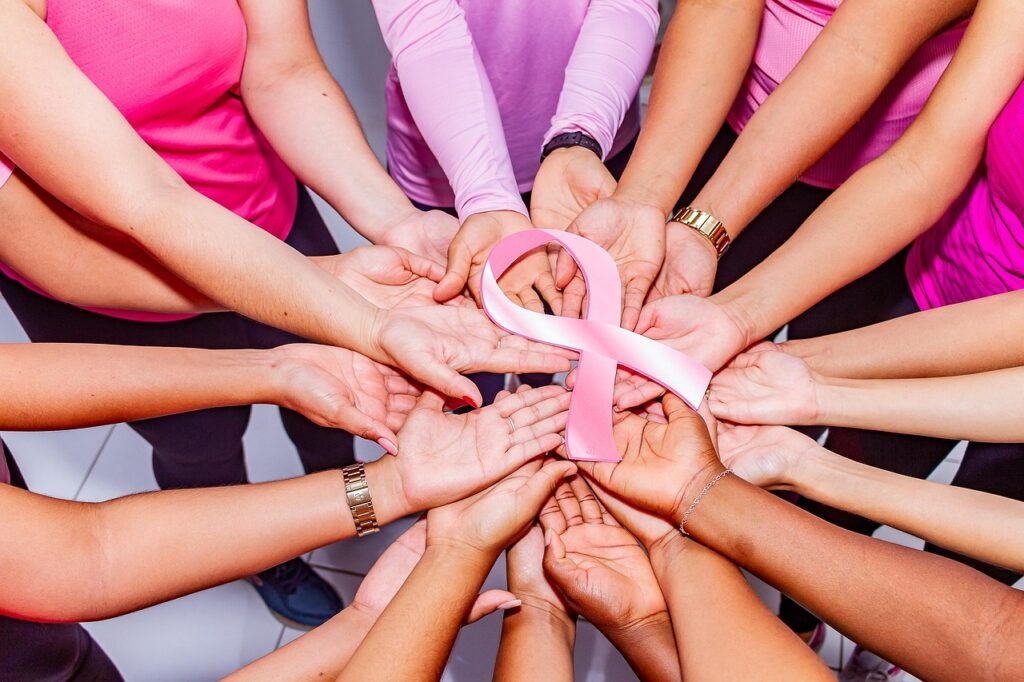
🤝 How to Support Someone with Breast Cancer
If you know someone facing breast cancer:
Listen without fixing. Sometimes they just need to be heard.
Skip the toxic positivity. “You’ve got this!” can feel dismissive. Try “I know this is hard, and I’m here.”
Offer real help. Meals, childcare, rides—practical support matters most.
Respect boundaries. Let them guide the conversation.
Stay connected. The need for support continues long after treatment ends.
🌸 Beyond Awareness
Wearing pink is nice—but real impact comes from action:
Donate to organizations like BCRF or Susan G. Komen.
Schedule your own mammogram.
Share accurate, science-based information.
Be there for someone quietly facing treatment or recovery.
💖 The Takeaway
Breast Cancer Awareness Month isn’t about celebration—it’s about connection and compassion.
“I see you. I support you. And I’m committed to raising awareness—not just in October, but all year long.”
